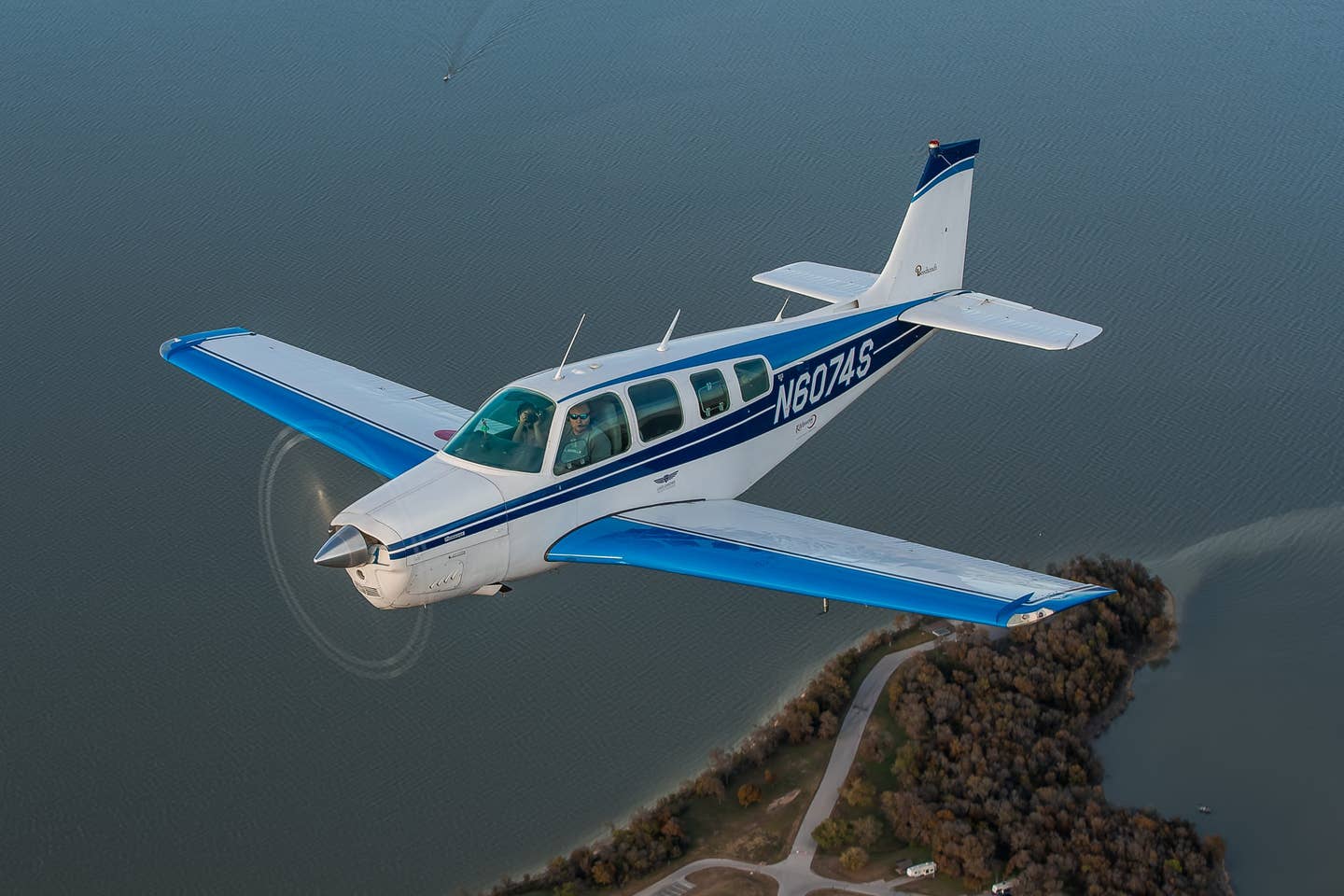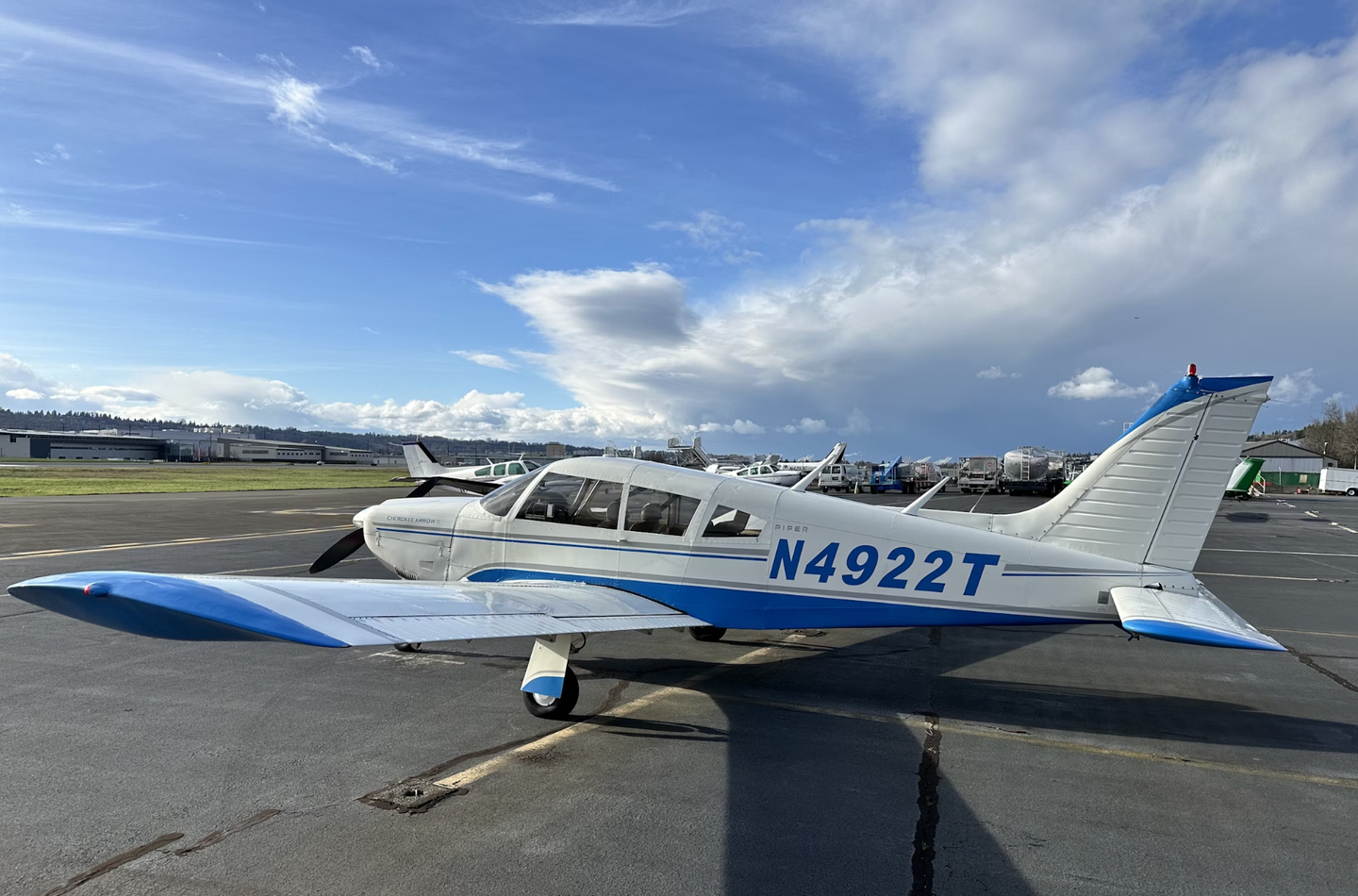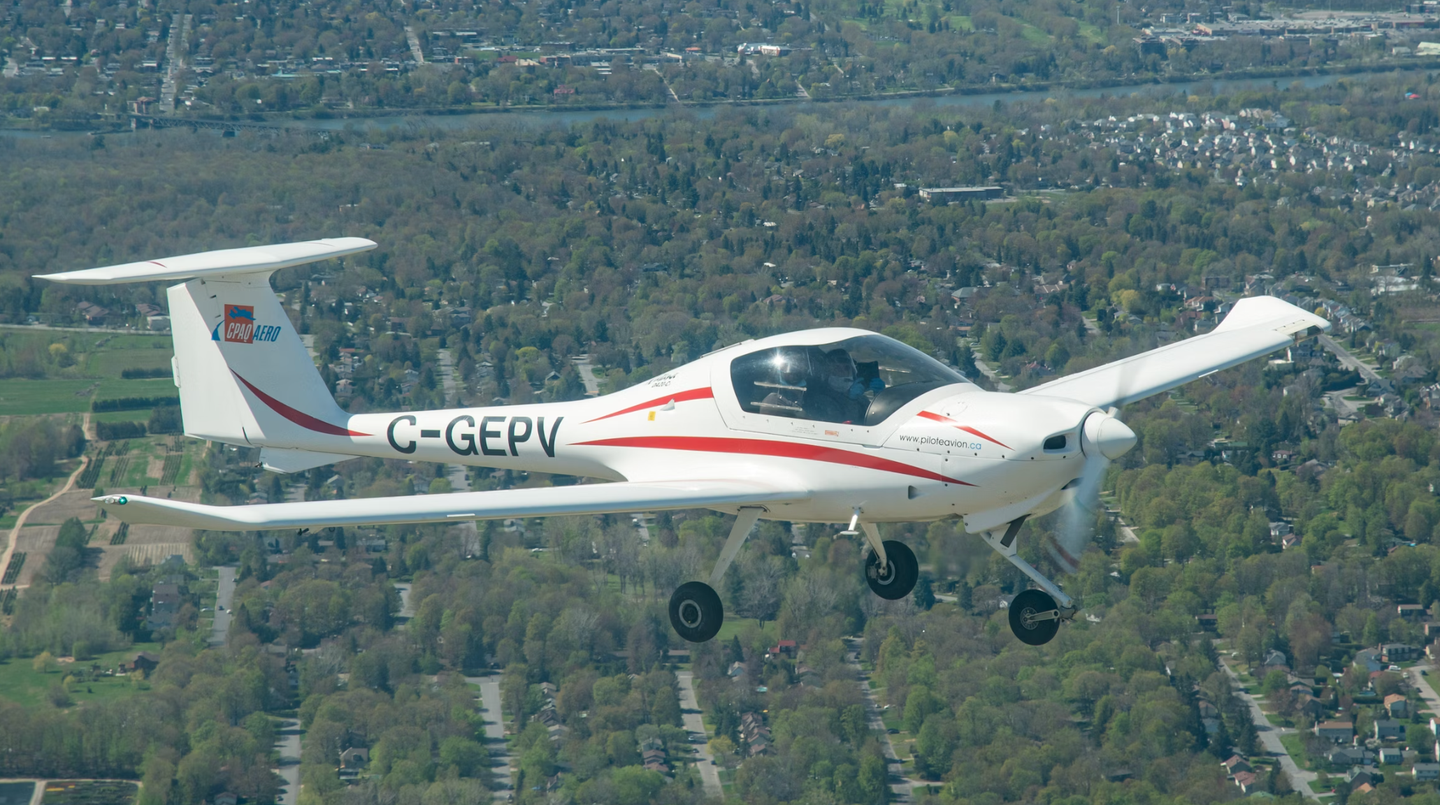BEECHCRAFT BONANZA
As mentioned in the introduction, the Beech Bonanza came into the world in 1947 pretty much fully formed, a four-seat, retractable-gear, all-metal, lightweight, lower-powered single-engine transportation airplane. It’s not a…

One of the descendents of the plane that created the modern high-performance segment, the straight-tail F33 Bonanza was derived from the first Model 35 V-tail Bonanza, which came to market almost 75 years ago.
As mentioned in the introduction, the Beech Bonanza came into the world in 1947 pretty much fully formed, a four-seat, retractable-gear, all-metal, lightweight, lower-powered single-engine transportation airplane. It's not a stretch to say that the Bonanza created the segment. It was inarguably a revolutionary airplane. In an era where its principal competitors were taildraggers, some of them tube-and-rag relics, all of them with round engines, the Bonanza was the in-your-face product designed for a world on the other side of a war that changed everything. It was intended to be economical, light, slick and fast, giving private pilots an airplane in which they could go places and take a few folks with them.
Though it has been continuously produced for nearly 75 years now, the plane has evolved greatly over time, to the point where today's Bonanza is a very different aircraft than the original. A switch to a straight tail was perhaps the most gradual component phase-out in aviation history, with the introduction of the first non-V-tail Bonanza, the Debonair, in 1960, and the last V-tail model finally phased out in 1982. So the idea of a straight-tail Bonanza is hardly shocking.
In fact, it's safe to say that, for many years, the state of Bonanza art has been the Model 36 Bonanza, a straight-tail, six-seater that is a much larger and more capable airplane than the original. Along the way, there were a number of different Bonanzas, but since at least the late 1950s when the V-35 got bigger engines and more modern, constant-speed props, the plane went from being a relatively lightweight flyer to a substantial single with a maximum weight a thousand pounds greater than the original and cruise speeds almost 20 knots greater. All of that was driven by customer preference, and for good reason. High-performance planes are intended to go fast, carry a good load and go a long way, all of which the Bonanza excelled at.
The Bonanza was always long-legged, with the original boasting about 700 statute miles of range, another one of the revolutionary design precepts that set the bar high for coming competitors, a design element that required that the Bonanza get bigger to hold enough fuel for its thirstier engines to get the expected range or better, which they did.

Subscribe to Our Newsletter
Get the latest Plane & Pilot Magazine stories delivered directly to your inbox






